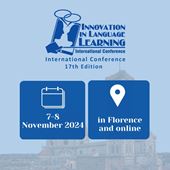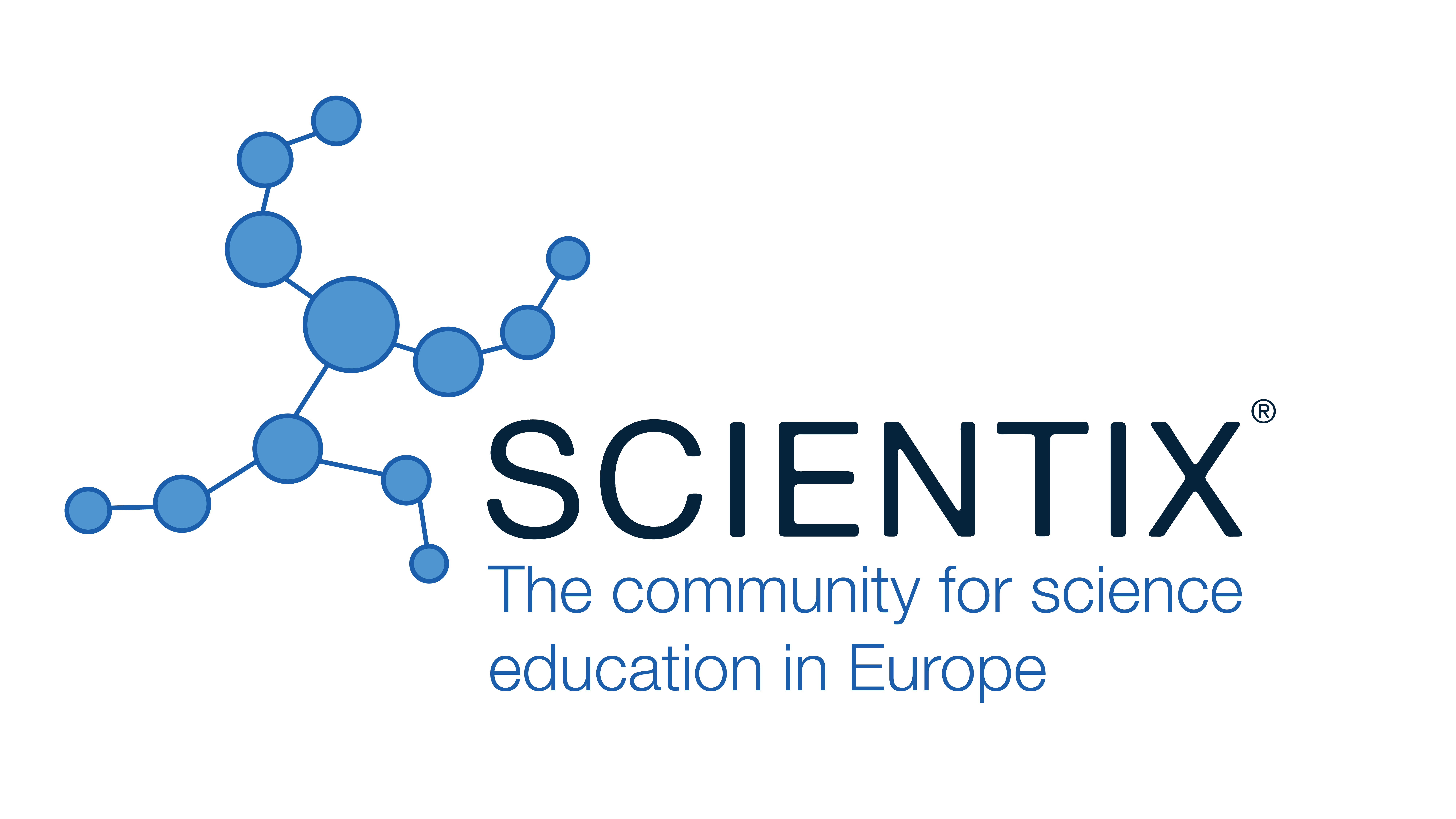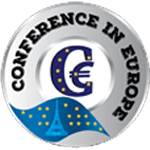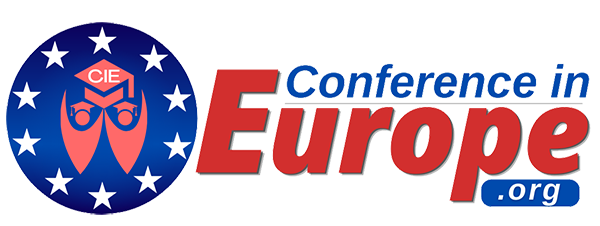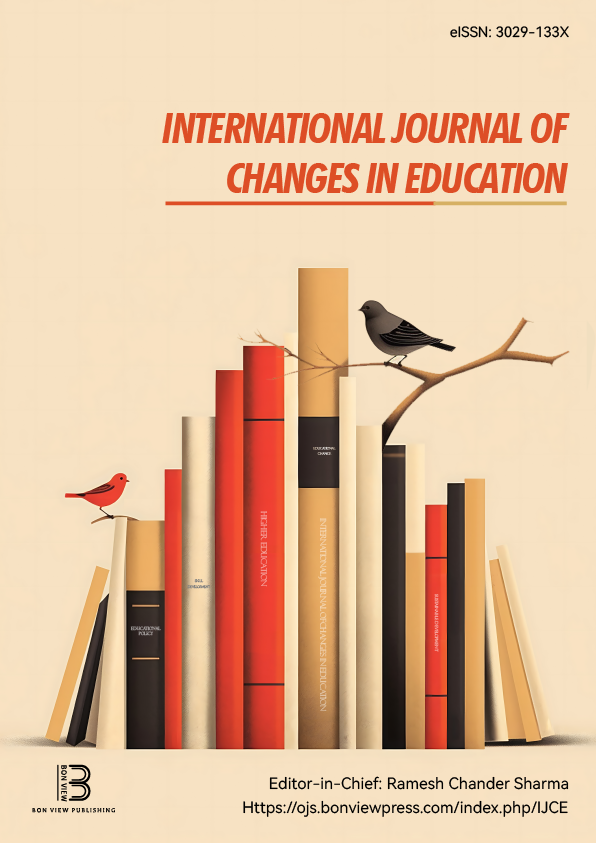Teaching Risk-Informed School Access: An Inquiry-Based STEM Framework for Safer Routes and Exploratory Catchment Re-zoning
Hideyuki Nagai, Miyagi University (Japan)
Yuto Konno, Miyagi University (Japan)
Abstract
This study presents a design-based research (DBR) prototype of an inquiry-driven STEM framework in which pupils learn to reason from multi-hazard evidence to safe daily mobility and emergency access, and then, as an optional extension, to explore risk-informed catchment re-zoning as one of the policy design choices. The 8–10-lesson sequence integrates basic geography, arithmetic, and civic reasoning: students (i) read layered hazard maps (flood, landslide, seismic, and winter reduced-passability), (ii) sketch safer school-and-shelter routes on a simplified road graph, and (iii) negotiate trade-offs in density, distance, inclusivity, and fairness to justify their route choices. We detail a paper-map-only delivery path and outline a planned lightweight GIS variant, including datasets and worksheets, all teacher-ready (worksheets and a checklist). A minimal assessment package combines pre/post items on key concepts (risk layers, shortest path, density) with a four-level rubric for evidence use, clarity, and stakeholder perspective-taking. A formative heuristic review by practising teachers identified typical stumbling blocks (map scale, route justification) and informed revisions to worksheets and prompts. The contribution is a reusable, education-first framework that translates technical planning ideas—network reliability, safe-route design, and catchment re-zoning—into age-appropriate inquiry tasks without personal data collection. We discuss portability to other localities, alignment with science-and-society aims, and how the module prepares schools and families for risk-aware decision-making while strengthening community engagement.
 New Perspectives in Science Education
New Perspectives in Science Education


